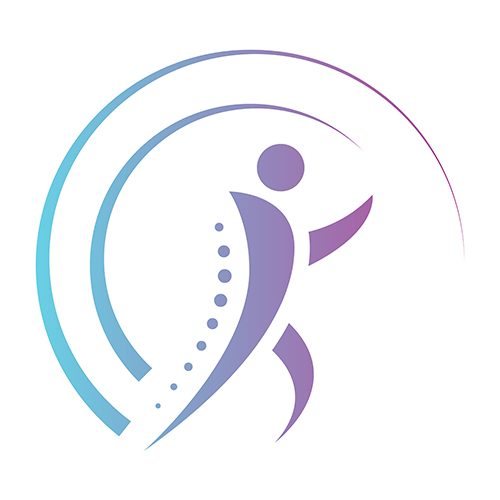

Sports massage can without doubt reduce back pain, but in my opinion, is not the long term solution. It has its place in rehab protocol, for sure, even if there are many soft tissue and massage naysayers out there who say it offers nothing. I use soft tissue techniques all the time in my practice but always assess the function of the spine and offer exercises to improve things in the longer term.
Spine injuries and pain are the most common issue that I see in my clinical practice and have been since I started out as a sports therapist 23 years ago. It’s hardly surprising that the number of people with spinal issues is continuing to rise, rather than fall when we think about factors which contribute to spine disfunction and limitations. When anyone asks me about posture, I always answer with ‘the best posture is a moving posture’…….. meaning: it’s not a posture or position itself that’s the problem, it’s the amount of time we’re spending in 1 position and our ability to move out of that position or posture.
For example, sitting in a chair, on a couch or in a car seat for hours on end, day after day, is creating a situation where our brains/nervous systems begin to forget that the tissues and joints which create spinal motion even exist. This means the ability to produce and absorb force through the tissues that make the spine flex, extend and rotate (in order to carry out daily tasks) diminishes and the risk of injury to these areas and having that ‘OH S***’ moment goes up dramatically.
‘Help me, my back’s just GONE’!
‘How did that happen’?
I bent down to pick something up………… I sneezed……… I picked up a box and turned around……… swinging a golf club……….. picking up my baby from their cot………. getting out of the car………… are among there many reasons I often hear.
The general public spend a large amount of time sitting chairs at school, at work, at home on the couch, in the car, (or any other mode of transport) at the dinner or breakfast table etc and it’s not really what we were naturally selected to do. It’s a very ‘western societal’ thing. In many Middle and far Eastern traditions they don’t have couches or chairs in the home, and padded floors and/or extremely low stools are often chosen, which actually keeps them closer to the more ‘natural’ postures and positions throughout their daily lives. This encourages movement from one position to another on a regular basis and makes them highly adapted for spending time and carrying out tasks in a wide variety of poses and positions. They have always constantly challenged joints and tissues of the spine to go towards end ranges. Picture the 70 year old Indian man at the side of the street in a better squat position than 90% of the UK population.
Now I’m not saying we should all ditch our couches and chairs and use padded floors etc. I’m simply suggesting that we need to focus more on providing specific inputs to the tissues of the spinal system to counteract the time we spend seated every day, week, month, year.
Simple Cat/Cow segmentation exercises are a great starting point towards a healthier, stronger spine. Focus during this exercise would be to move each vertebra INDEPENDENTLY from the ones above and below, each segment at a time. It can be extremely challenging at first, but regular inputs like this with that INTENTION reap rewards and once proficiency of the exercise goes up, load can be added to simultaneously develop strength AND control. Focus on moving the spine in a linear way before you focus on rotating.
Getting properly assessed by therapist who can see exactly which segments of the spine are moving and which aren’t. Accurate assessment and diagnosis leads to accurate treatment plans.
The above is just a starting point for an improvement in spine health and I’m not suggesting that it will solve all back problems, but it will definitely help and improve it. Suboptimal control of the hip joint can have a negative impact on the spine, but this I will cover in another post.
MoveTrue focus heavily on educating clients/students to improve awareness and understanding of their own physiology. Explaining findings of assessments and providing instructional videos for individuals as part of part of the recovery and improvement process.

